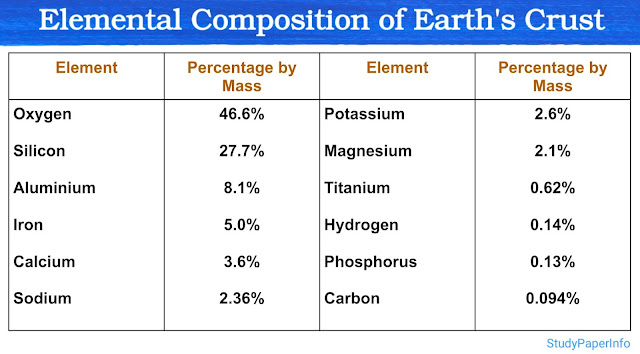Write the significance of Km and Vmax in enzyme activity
Enzymes are specialized biological molecules that play a critical role in accelerating biochemical reactions. They function by lowering the activation energy required for substrate conversion into products. The study of enzyme kinetics provides a quantitative understanding of how efficiently enzymes work under various conditions. Two of the most important parameters that describe enzyme activity are the Michaelis constant (Km) and the maximum reaction velocity (Vmax), both derived from the Michaelis-Menten equation. These parameters help in understanding enzyme efficiency, substrate binding strength, catalytic turnover, metabolic regulation and response to inhibitors. 1. Significance of Km (Michaelis Constant) The Michaelis constant (Km) is a fundamental concept in enzyme kinetics that represents the substrate concentration at which an enzyme-catalyzed reaction proceeds at half of its maximum velocity (Vmax/2). It is a crucial indicator of...



